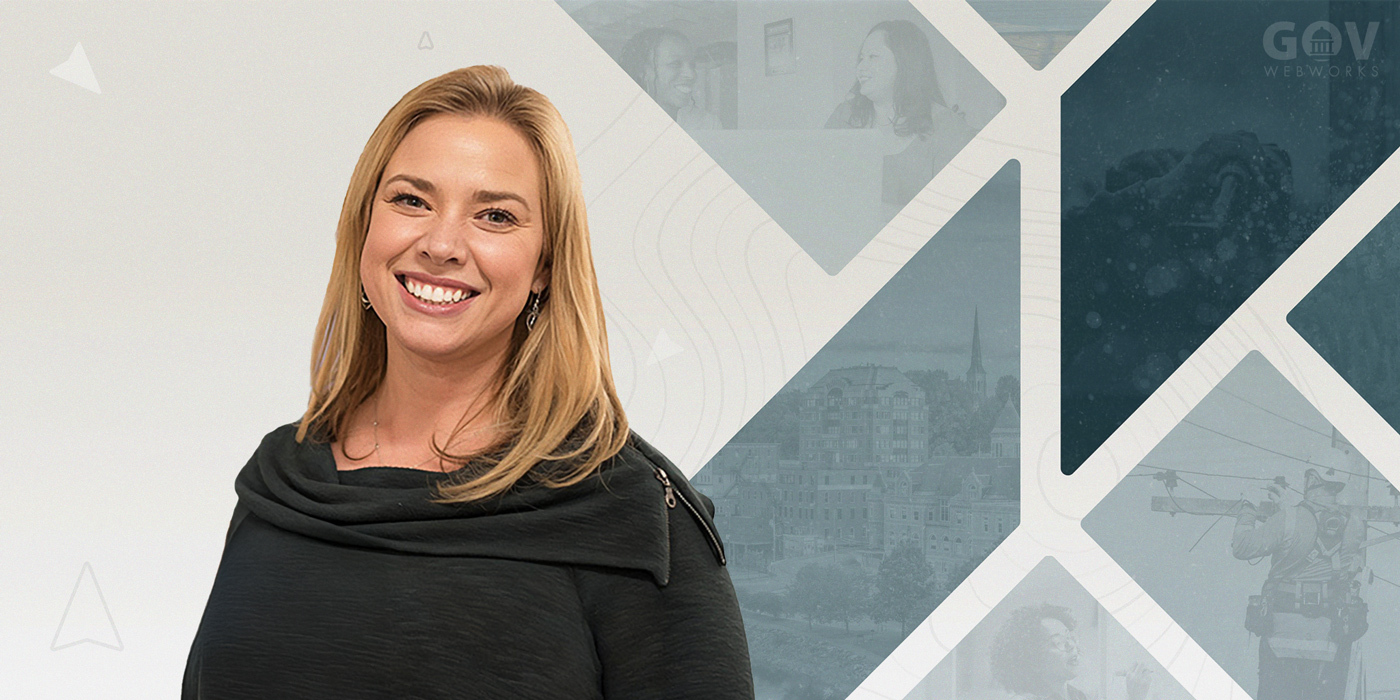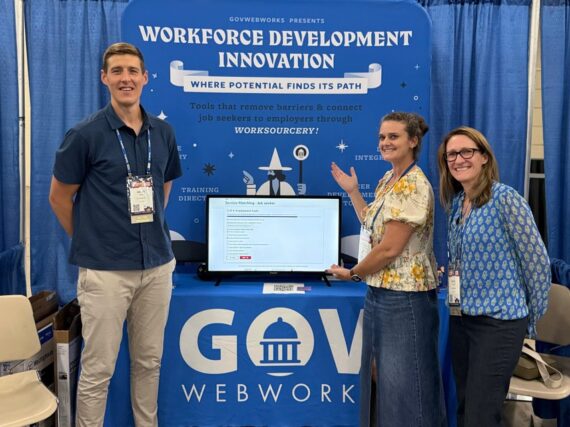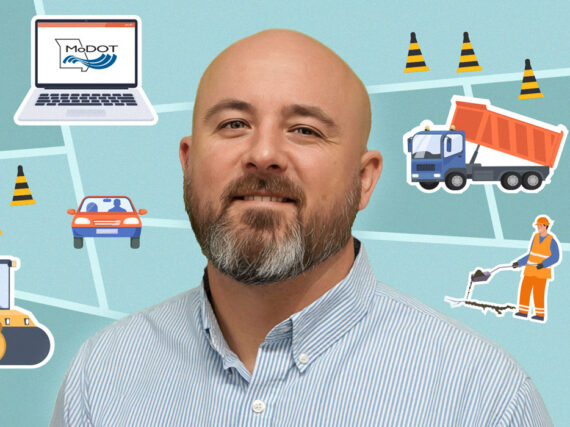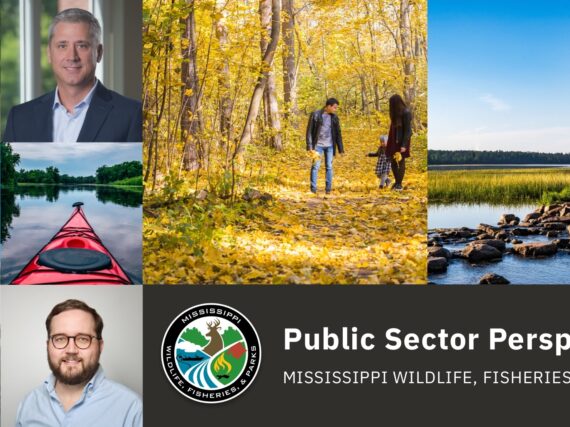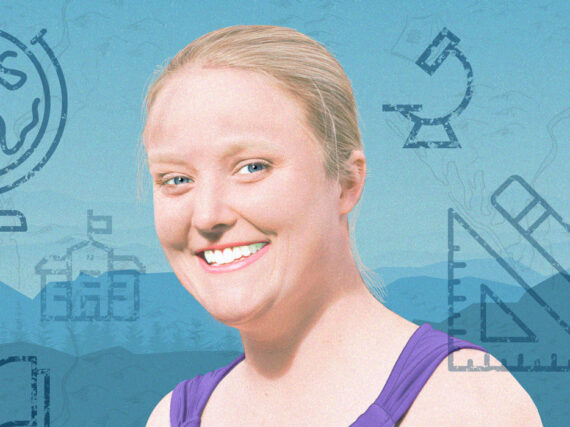“Mainers struggle with access to physical CareerCenter sites because of challenges like distance to drive, access to transportation, caregiving responsibilities, and more,” notes Kim Moore, Director of the Bureau of Employment Services at the Maine Department of Labor (MDOL) on the need for expanding access to career support.
“The MDOL and our Local Workforce Boards were lucky to land a competitive USDOL National Dislocated Worker Grant to support the public workforce system in connecting job seekers to employment. The Work Source Maine Virtual CareerCenter is the result.”
The Work Source Maine Virtual CareerCenter (VCC) aims to make career support more accessible for all Mainers by bringing services online.
The VCC’s resources and services are available to anyone who is unemployed or underemployed or wanting to change jobs. Rather than having to travel to a MDOL CareerCenter location, visitors can access the Virtual CareerCenter online 24/7. Services include career advising, coaching, access to job training, hiring events, and other information for job seekers.
“Seeing the potential and the vision we had for the site, I couldn’t be prouder of project leader, Andrea Wilson and the group that has worked (with GovWebworks) to bring this site alive. It truly was a team effort.”
What is the Work Source Maine Virtual CareerCenter?
Living as we do in one of the most rural states in the nation, we wanted to provide an easy-to-navigate, customer-centric platform to access services that help all Mainers have the opportunity, education, and experience to land a good job.
With emphasis on digital improvements necessary to reach Maine’s most vulnerable populations, the Virtual CareerCenter can intentionally expand reach to those who can use our services the most.
What is your primary audience and how are you catering to them?
All jobseekers and employers are our target audience. We cater to them in three ways.
- If they know exactly what they are looking for but aren’t sure of the related resource, they can explore on their own through a simple search and filter.
- If they want to be matched with services, they can answer a few questions about themselves and be directed to our best recommendations in their local area.
- If they have a question that they just want to ask in plain language, we have Dee, our chickadee virtual assistant, to help.
We have our LiveChat feature that connects to a live CareerCenter Consultant for one-on-one “in person” assistance. That was a really important part of our development process.
While we like to think the site is super easy to use, it may not be for everyone. Maine is all about relationships and we didn’t want to miss out on developing a relationship with our customers because they struggled with technology. You’ll see opportunities to connect with us scattered all around the website, just in case the tech isn’t working for your unique needs.
How does the site aim to accommodate people who face some form of barrier to employment?
We wanted to prevent any barriers to someone accessing the site with a disability, homelessness, language barriers, childcare needs, and other restrictions like lack of transportation.
Accessibility and access were first on our list when we developed the site, from the colors and text and contrast we used on the page, to the ability to translate the site into the eight primary languages spoken in Maine.
We also wanted to make sure that workers knew that it was ok to identify some of the challenges they were experiencing. In our “match me with services”, you’ll see that we call out specific resources that are designed to help individuals experiencing lots of different barriers to get what they need to land that good job. These are the conversations our staff have every day at the physical CareerCenter sites and we wanted users to have the same experience.
With the low unemployment rate, how can the site help employers find talent?
The WorkSource Maine Virtual CareerCenter has been designed to connect employers with various resources that they might not be aware of to fulfill their company needs. This means looking for qualified workers in ways they may have never tried before. We hear constantly from employers wanting to connect with pools of workers they don’t see in their workforce but want to, such as veterans, people with disabilities, younger workers, older workers, the list goes on.
Our resources also help employers take another look at their recruitment strategies (and sometimes even their own roles!) to attract talent, access support for on-the-job learning and training, get connected to tax credits and other incentives, and more.
What are the key employer industries that you seek to serve?
All of them! We may specialize in some industries (like healthcare, infrastructure and clean energy) but CareerCenters are for all Maine employers, from our biggest to our smallest.
What pain points were you experiencing that motivated the need for the site?
Access to workforce services was further complicated by the COVID 19 pandemic, which disconnected an already isolated state and the limited community connections within it for well over a year. Since that time, it is more generally expected that services will be available online.
What are the primary barriers to success?
We have to ensure that job seekers and employers are getting the results they are looking for when going through the site’s triage function. If we do not seek and receive user feedback continuously or if we don’t maintain the information inside the site, it will not be relevant to our customers…and that’s the last thing we want to happen. The site will always be a work in progress based on user needs.
Are there similar sites in other states?
We knew that other states were exploring innovative ways to deliver workforce system services and centered our grant proposal around developing one that was specific to Maine’s population and needs.
We talked with lots of states who were exploring or developing sites similar to our vision and were able to identify what we liked and what didn’t make sense for Maine regarding both design and functionality and customized from there.
Where are your marketing efforts focused?
We are promoting the site with social media (MDOL Facebook & MDOL Instagram), traditional radio ads, print ads especially in media outlets with a rural focus, Programmatic Digital Display and digital advertising along with promotional material for our face-to-face events.
What are the success metrics for the site?
We utilize data analytics to assess which pages are seeing the most action, how many users we have accessing the system and from where, and how they’re using the site. One goal is expansive use of the site so we like to see people accessing multiple pages during their visit.
The ultimate goal is to get users connected to the information they seek quickly and efficiently, so the shorter times on the website are also a positive sign.
We are able to get further information from demographic information about our users from the questionnaire and even more when users choose to create a profile.
How will you know when the site has achieved what you intended?
We want to see maintained traffic, but expect to see it increase and decrease as economic conditions change. When we see these trends, we know the audience we expected is utilizing the site.
Learn more
- Case Study for Work Source Maine Virtual CareerCenter
- Modernizing Workforce Services: Spotlight on our workforce development initiatives across the country
- Contact GWW to learn more about expanding access to career support
